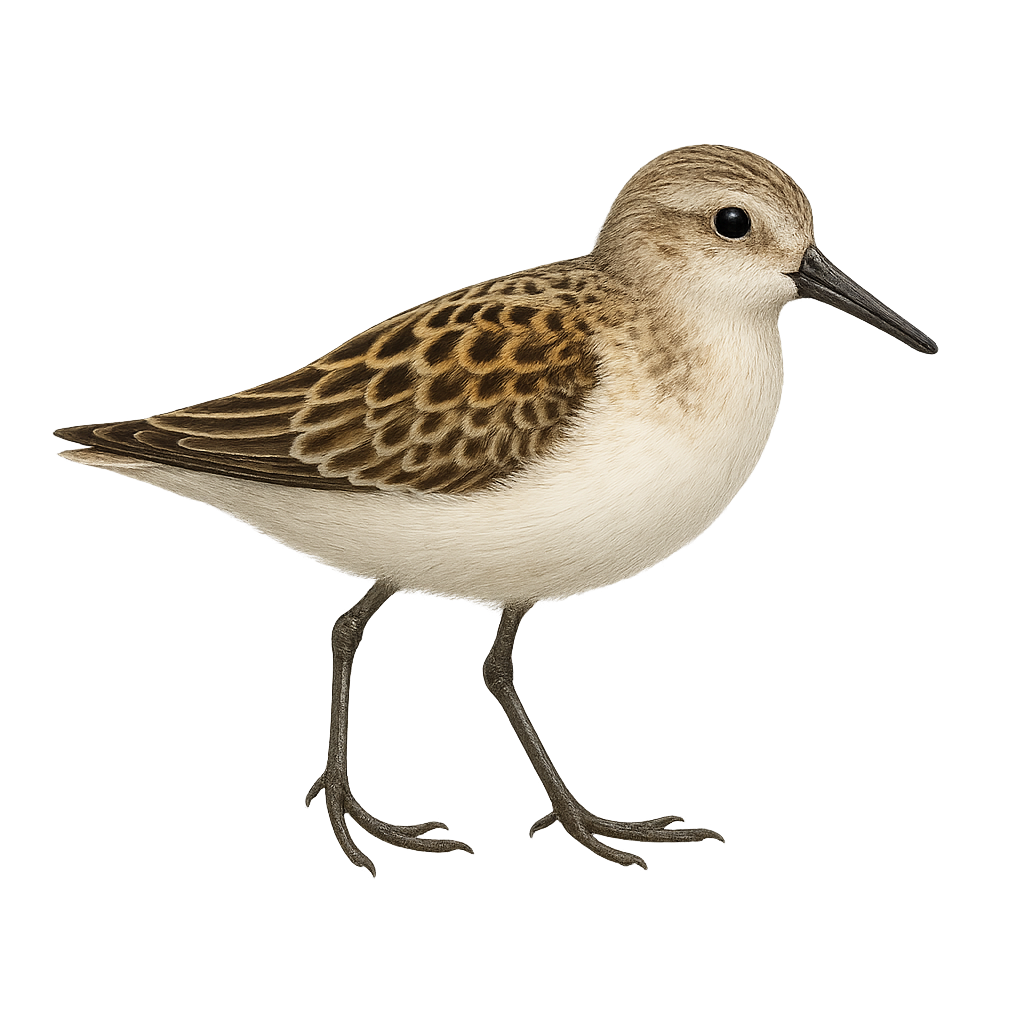Your wildlife photography guide.
Explore the semipalmated sandpiper in detail, study its behavior, prepare your shots.
Where to observe and photograph the semipalmated sandpiper in the wild
Learn where and when to spot the semipalmated sandpiper in the wild, how to identify the species based on distinctive features, and what natural environments it inhabits. The WildlifePhotographer app offers tailored photography tips that reflect the semipalmated sandpiper’s behavior, helping you capture better wildlife images. Explore the full species profile for key information including description, habitat, active periods, and approach techniques.
Semipalmated Sandpiper
Scientific name: Calidris pusilla

IUCN Status: Least Concern
Family: SCOLPACIDAE
Group: Birds
Sensitivity to human approach: Suspicious
Minimum approach distance: 10 m
Courtship display: May to June
Incubation: 20-22 jours
Hatchings: June to July
Habitat:
Wetlands, beaches, mudflats
Activity period :
Primarily active during the day, with peak activity in the morning and late afternoon.
Identification and description:
The Semipalmated Sandpiper is a small migratory bird belonging to the Scolopacidae family. It measures about 13 to 15 cm in length with a wingspan of 28 to 30 cm. Its plumage is mainly brownish on the top with lighter shades on the belly. During the breeding season, it displays more vivid and contrasting colors. This bird is known for its long migrations, traveling thousands of kilometers between its breeding grounds in the Arctic and its wintering areas in South America. It primarily frequents wetlands, beaches, and mudflats where it feeds on small invertebrates. Its ability to adapt to different environments makes it a resilient bird, although some populations are threatened by habitat loss.
Recommended lens:
400 mm – adjust based on distance, desired framing (portrait or habitat), and approach conditions.
Photography tips:
To photograph the Semipalmated Sandpiper, it is advisable to use a telephoto lens of at least 400mm to capture details without disturbing the bird. The best opportunities often arise during its migratory stops on beaches or mudflats. Favor the golden hours of morning or evening for soft and flattering light. Stay discreet and patient, possibly using a hide to blend into the landscape. Observe its feeding behaviors to anticipate its movements and capture dynamic shots.
The WildlifePhotographer App is coming soon!
Be the first to explore the best nature spots, track rutting seasons, log your observations, and observe more wildlife.
Already 1 429 wildlife lovers subscribed worldwide

